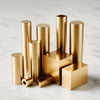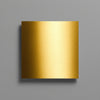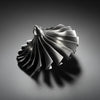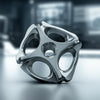CNC Machining PMMA
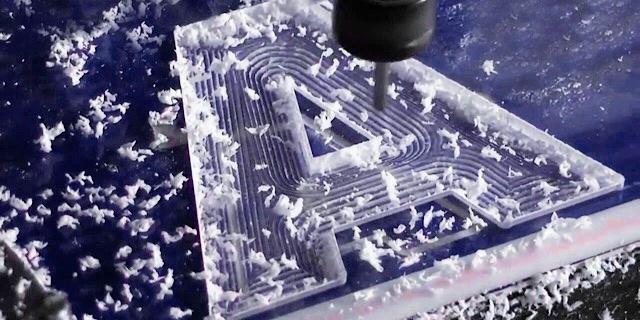
Why Acrylic Dominates Optical Prototyping
With 92% light transmission (surpassing polycarbonate’s 90%) and UV stability, PMMA is essential for:
-
Light pipes & diffusers
-
Transparent housings
-
Microfluidic devices
-
Automotive lenses
Key advantage: 5x higher impact strength than glass while maintaining optical clarity.
Material Selection: Cast vs. Extruded Acrylic
| Property | Cast Acrylic | Extruded Acrylic |
|---|---|---|
| Internal Stress | Low (±0.5 MPa) | High (±8 MPa) |
| Machinability | Excellent (no cracking) | Prone to chipping |
| Tolerance Holding | ±0.02mm achievable | ±0.1mm typical |
| Cost | 20-30% higher | Lower |
| Prototyping Tip: Always specify cast acrylic for critical optical/mechanical components to prevent stress-related failures. |
Precision Machining Protocols
1. Workholding Solutions
-
Vacuum Fixturing: Essential for sheets >300mm² (prevents mid-cut resonance)
-
Custom Soft Jaws: For small batches (≤50pcs) with complex 3D geometries
-
Pressure-Sensitive Adhesives: Temporary mounting of thin optics (<3mm)
2. Tooling & Parameters
| Operation | Tool Type | Parameters | Surface Finish | |
|---|---|---|---|---|
| Roughing | 2-Flute Carbide End Mill | 18,000 RPM | 0.2mm/tooth feed | Ra 3.2μm |
| Finishing | Diamond-Coated Router | 24,000 RPM | 0.05mm/tooth feed | Ra 0.8μm |
| Drilling | 60° Point Angle Drill | 6,000 RPM | Peck cycle 0.5xD | Hole ±0.05mm |
| Critical: Use polished/flute-free tools to eliminate machining marks. |
3. Thermal Management
-
Pre-cool stock to 10-15°C (reduces gumming by 70%)
-
Air Vortex Cooling: Preferred over liquid coolants (prevents stress cracking)
-
Max chip load: 0.3mm to avoid recast layers
Optical-Grade Finishing Techniques
-
Flame Polishing
-
Hydrogen torch at 1,300°C for 0.5-2 seconds
-
Achieves >90% original clarity on edges
-
-
Micro-Milling
-
Diamond tools with 0.1mm stepover (Ra 0.05μm achievable)
-
-
Vapor Polishing
-
Dichloromethane exposure for complex internal channels
-
XTJ’s Advanced Acrylic Capabilities
Our ISO 9001-certified facility specializes in optical PMMA components with:
-
5-Axis Diamond Turning: Surface accuracy λ/4 @ 632nm
-
Submicron Tolerances: ±5μm on lens diameters
-
In-House Metrology: White-light interferometry for surface defect analysis
Recent Project: Automotive light guide (500pcs): -
Achieved 92.4% light transmission
-
100% on-time delivery with 0.2% scrap rate
Conclusion: From Prototype to Production
CNC machining remains the fastest method for precision acrylic prototypes (24-48hr lead time). For optical applications exceeding standard tolerances, diamond tooling and cast material selection are non-negotiable.
Ready to Optimize Your Acrylic Design?
[Submit your CAD file] for a free prototype quote within 4 hours.
-
Posted in
Acrylic, cnc machining, Plastic, PMMA, precision machining

